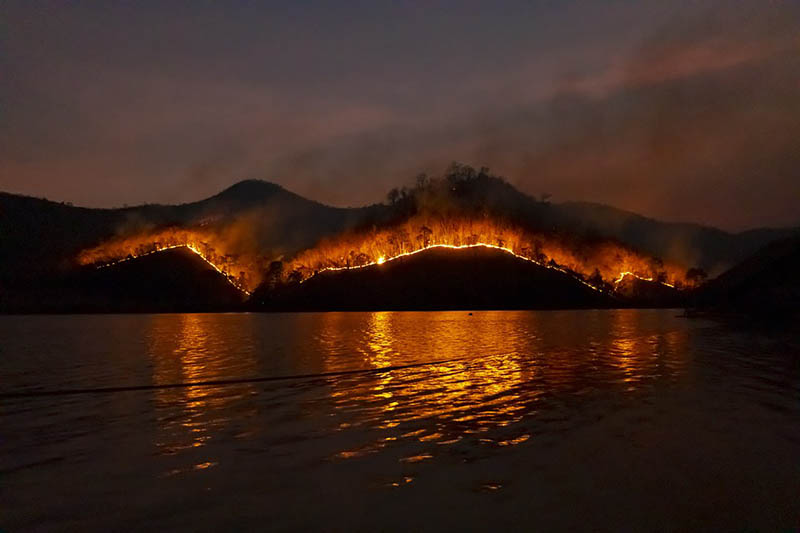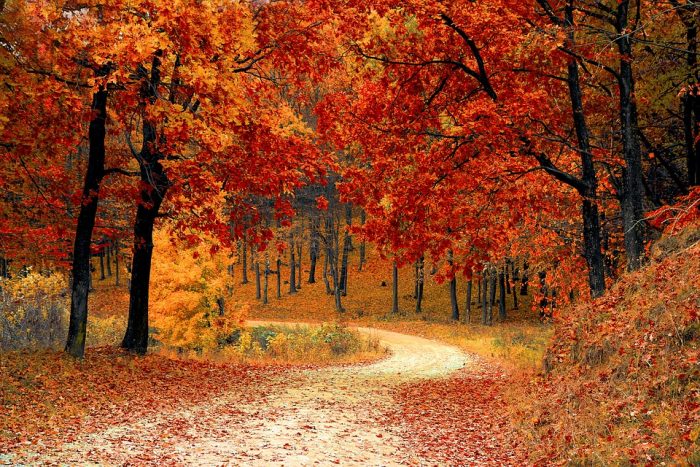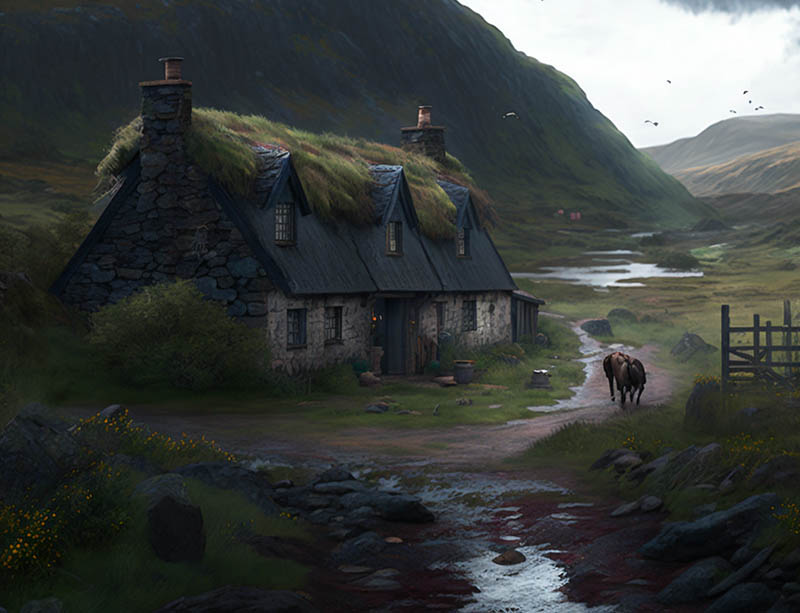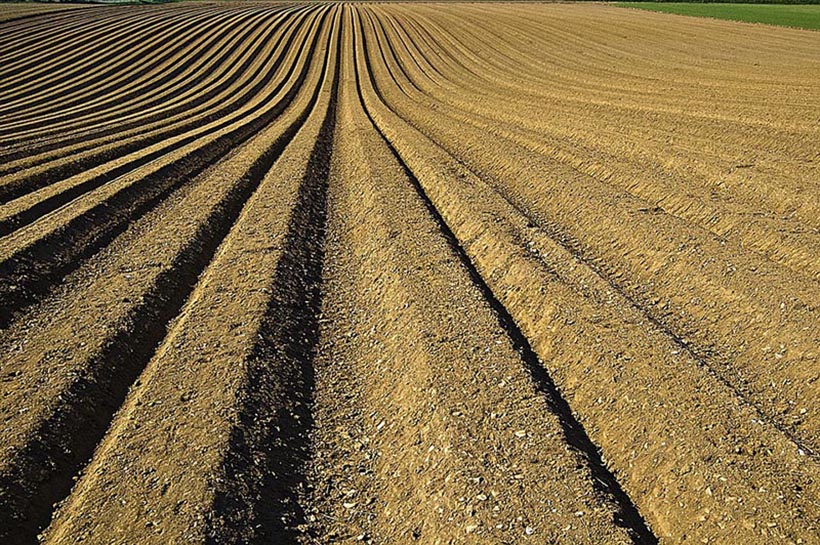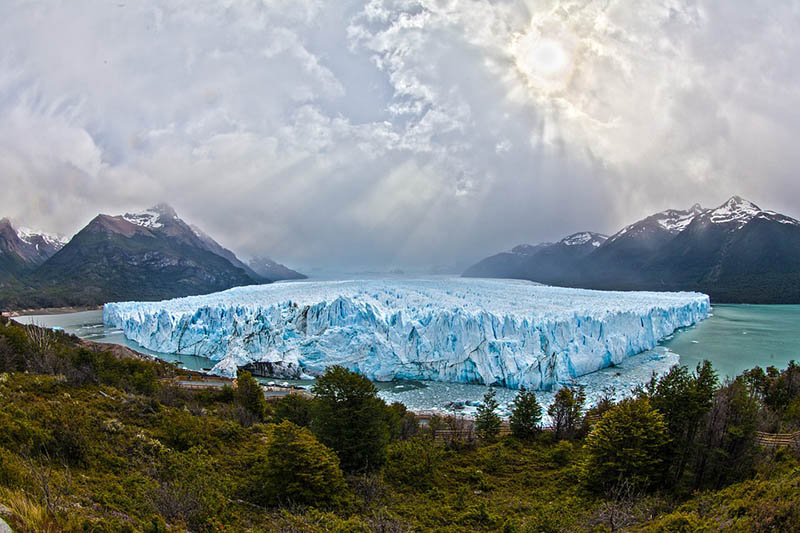Dangerous wildfires pose a real threat to people, ecology, and all living things. They cause great damage! Fighting them is hard, risky, expensive, and not always successful.
Reasons of forest fires
There are two main causes of wildfires: natural and human-caused. According to statistics, on average, about 80% of them are caused by human activity. But sometimes fires occur by themselves due to drought, air lenses, lightning strikes, and other natural factors. Also, human-caused fires typically spread about 1 mile (~1.6 kilometers) per day, which is more than twice as fast as fires caused by lightning.
Major air pollution

Smoke from large-scale forest fires causes significant air pollution in the affected area and poses a threat to public health. The reason of these fires doesn’t matter. For example, farmers in Laos, Myanmar, and the Northern part of Thailand burn the old grass every winter, which often causes more wildfires. Smoke covers these regions, and from time to time the city of Chiang Mai (the second largest city in Thailand) becomes top-1 in the world anti-rating of most polluted cities.
Wildfires are bad for the atmosphere
They release a lot of greenhouse gas emissions. Really a lot! For example, only in 2021, the estimated amount of carbon dioxide emitted by massive forest fires exceeded 1.76 billion tons. Can you imagine this number? 1.76 billion tons of carbon dioxide is caused only by these fires! And there are other sources of GHG emissions, such as cars, industry, etc… The worst thing is that greenhouse gas emissions are contributing to global warming, which fuels the conditions for more wildfires.
Redwoods need forest fires
Sequoias grow for hundreds and thousands of years. Their cones containing seeds are protected from environmental influences very well. Too well: they can’t open without a high temperature. In other words, cones can release seeds only after the forest fire. Cones can lie on the ground for years, waiting for a fire. The sequoias are protected from fire by their thick bark which practically doesn’t burn.
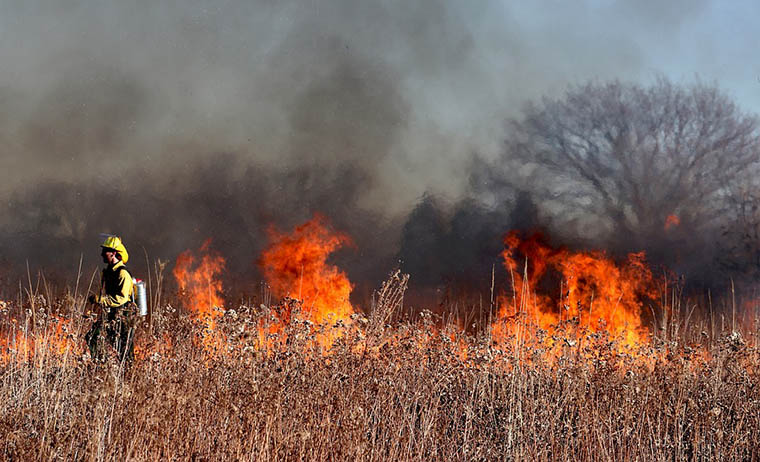
Wildfires are easy to ignite
Fires can start due to three main factors: dry fuel, such as dry leaves and vegetation, dead trees, and other organic substances; dry air and excess oxygen; and sources of heat and ignition, including high temperatures. With strong winds, forest fires can spread further and faster, which makes it difficult to extinguish them. These cumulative conditions have led countries like the U.S. to become more vigilant during “wildfire seasons,” usually between late summer and early fall when weather conditions are hotter and drier.
Wildfire seasons get longer
As humanity releases more and more greenhouse gases into the atmosphere, trapping more and more heat, the surface temperature rises to potentially catastrophic levels. Higher temperatures and climate change are associated with increased heat waves. This leads to longer droughts and a decrease in precipitation. With an increase in the amount of dry vegetation and a higher frequency of lightning storms, wildfires are becoming more common, they burn faster and spread more widely.
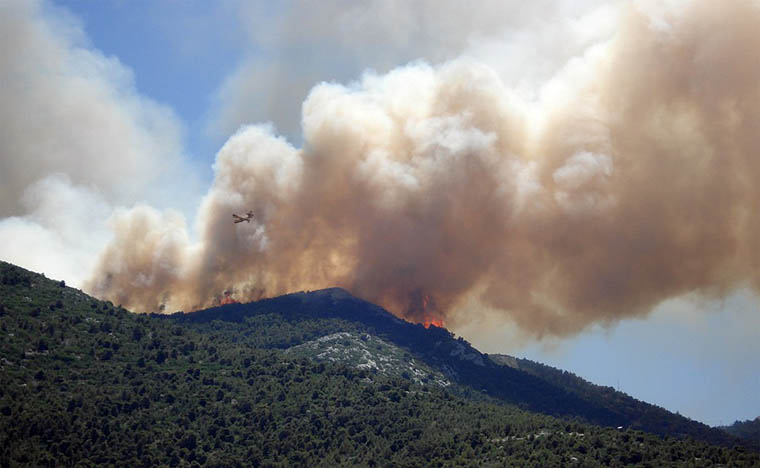
Some countries don’t fight wildfires
Sad but true. Poor countries of Asia and Africa just don’t have enough resources to fight forest fires, especially in remote areas. Moreover, even some more developed countries such as Russia and Brazil, do nothing about massive wildfires on their territory if they occur far from their cities. They say it is “economically unprofitable”. Meanwhile, massive wildfires often happen in Brazilian rainforests and Russian taiga.
Black summer
The largest wildfire event of the XXI century is a series of bushfires in 2019-2020 in Australia. Uncontrollable fire destroyed ~3000 households (and damaged much more) and killed 3 billion wild animals, plus a lot of people. The bushfire devastated an area of ~78.000 sq. miles (186.000 sq. kilometers). Australian Black summer also affected the ozone layer negatively, and it will take about ~10 years for it to recover.
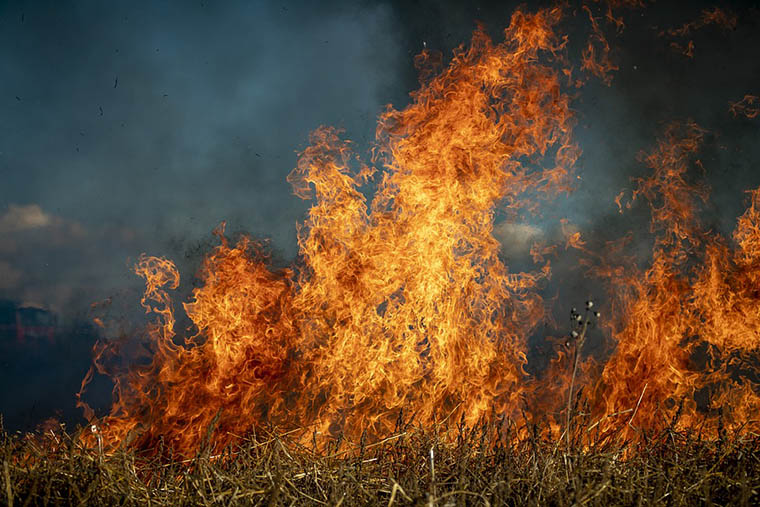
Wildfires in the US
About 100 thousand wildfires occur in the US every year. On average, they annually destroy 4-5 million acres (1.6-2 million hectares) of land in the United States. Forest fires have burned up to 9 million acres (3.6 million hectares) of land in the last few years. We can only imagine the damage worldwide.
Restoration after a wildfire
We have to wait for 2-4 years after a wildfire before it will be possible to begin forest restoration work because samples just won’t survive. Soil needs to replenish naturally, absorb water and support new life. It also takes time to mobilize resources for large-scale reforestation. This is expensive but necessary.
